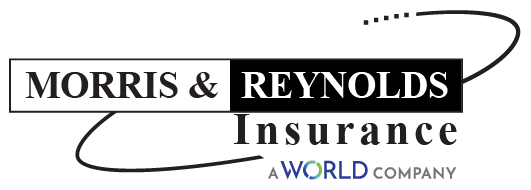Morris & Reynolds Insurance
Morris & Reynolds Insurance Is Now a World Company
No matter what kind of insurance, consulting or risk related need you might have, we can help you find the protection, people & services that are best for you. We offer old fashioned, reliable, professional service with state of the art insurance innovation & access to the world’s finest insurers at the most competitive costs possible. We look forward to providing your protection for many years to come.
Providing Personal and Commercial Insurance Services
GET STARTED WITH A FREE CONSULTATION

Office Address
14821 South Dixie Highway
Miami, FL 33176
Office Contact
Phone: 305-238-1000
Fax: 305-255-9643
Office Hours
Monday - Friday, 9:00 AM - 5:00 PM
Saturday - Sunday, Closed
About This Location
Morris & Reynolds Insurance merged with World Insurance on December 1, 2020.
Exceptional Support
Testimonial
It was almost instantaneous that I decided to work with your company because of the wonderful service you provide. Having this kind of attention during a very stressful time is invaluable and made our transition to the South Florida are very smooth. I wanted to make you aware of what great people you have working with you. I really appreciate everything they did for my husband and I.
- Libby Brockhoff
Testimonials
I sincerely appreciate you dedication, efficiency and expertise you always give to us.
- Debbie Krutsinger, Krutsinger Services, Inc.
I wanted to extend my sincere appreciation to you and your associates for your excellent services over the last few years. I found your presentation and style to be very professional.
- John Riccardi, Marlin Broadcasting, Inc.